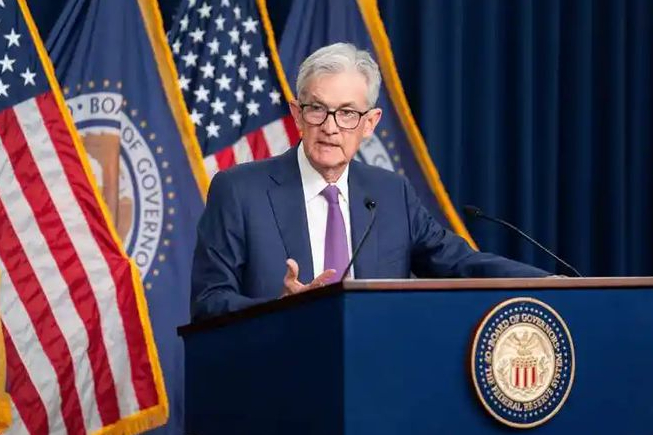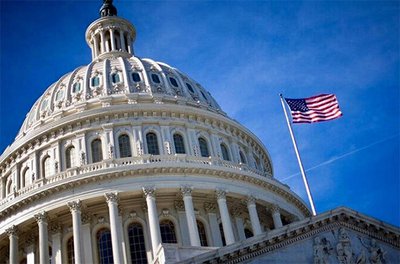
Against the backdrop of the ever-changing global economic landscape, the US government's policy orientation has a profound impact on economic trends. In a recent speech, Federal Reserve Chairman Jerome Powell pointed out that the Trump administration's initial policies, especially the broad import tariffs, appear to have tilted the US economy toward slower growth and at least temporarily pushed up inflation. This view reflects the cautious speculation of central bank policymakers about the future direction of the economy in the face of "unusually high" uncertainty.
The Trump administration's import tariff policy is aimed at protecting domestic industries and reducing trade deficits. However, the actual effect of this policy is complex and varied. In the short term, tariffs increase the cost of imported goods, leading to higher prices for consumer goods, which in turn pushes up overall inflation. At the same time, tariffs also increase corporate production costs and weaken their competitiveness, especially today when the global supply chain is highly integrated. Many US companies rely on imported raw materials and parts. The increase in tariffs has undoubtedly put pressure on their operations and slowed the pace of economic growth.
Powell's remarks also hinted at the greater challenges the Fed will face in formulating monetary policy. Against the backdrop of increasing economic uncertainty, central banks need to be more prudent and flexible in their decisions. The Federal Reserve has been committed to achieving the dual goals of full employment and stable prices. However, in the current environment, how to support economic growth while controlling inflation has become a difficult problem for policymakers.
Historically, the Federal Reserve usually responds to economic fluctuations by adjusting interest rates. When the economy is overheated and inflation rises, interest rates are raised to curb demand; when the economy slows down, interest rates are lowered to stimulate investment and consumption. However, under the uncertainty brought about by Trump's policies, traditional monetary policy tools may be difficult to work. For example, if the economy slows down due to tariffs, interest rate cuts may be necessary, but at the same time they may be limited by rising inflation.
In addition, Powell's remarks also reflect the Fed's open attitude towards future policy making. In the context of a complex and changing economic environment, the central bank may need to adopt more innovative policy tools, such as forward guidance and quantitative easing, to cope with different economic challenges. At the same time, the Federal Reserve will also pay close attention to the global economic situation and domestic economic data in order to adjust policies in a timely manner to ensure the stability and healthy development of the economy.
It is worth noting that the Trump administration's policies have not only affected the US economy, but also impacted the global economic landscape. The trade tensions caused by the tariff war have disrupted the global supply chain, affected international trade and investment, and thus posed a threat to global economic growth. In this context, central banks and governments need to strengthen cooperation to jointly address the challenges facing the global economy.
In summary, the Trump administration's policies, especially import tariffs, have had a profound impact on the US economy and the Federal Reserve's monetary policy making. In the future, the Federal Reserve needs to find a balance between controlling inflation and supporting economic growth, while paying close attention to the global economic situation and flexibly adjusting policies to cope with the changing economic environment. This process is full of challenges, but it also provides opportunities for the central bank to innovate policy tools and enhance its ability to cope with economic uncertainties.

In early December, US stocks staged their most dramatic intraday reversal in months. Driven by the dual positive catalysts of chip giant NVIDIA's better-than-expected earnings report and a "Goldilocks" nonfarm payrolls report, the S&P 500 index surged as much as 1.9% within the first hour of trading.
In early December, US stocks staged their most dramatic int…
On December 5, 2025, the European Union fined Musk's social…
Since October 2025, there has been a week of intense fighti…
On the global economic stage of 2025, the U.S. economy is s…
Recently, the head of Apple's artificial intelligence and t…
On December 5, 2025, the Office of the Compilers of the Cur…